Not every aircraft that looks revolutionary on paper ends up making it to active duty. Despite promising designs and advanced technology, some of the most impressive fighter jets and helicopters were ultimately sidelined due to budget cuts, competition, or political decisions. Here’s a look at 10 remarkable aircraft (and even some of their interiors!) that, despite their potential, never made it to full squadron service but left a lasting mark on aviation history.
10. Avro Canada CF-105 Arrow
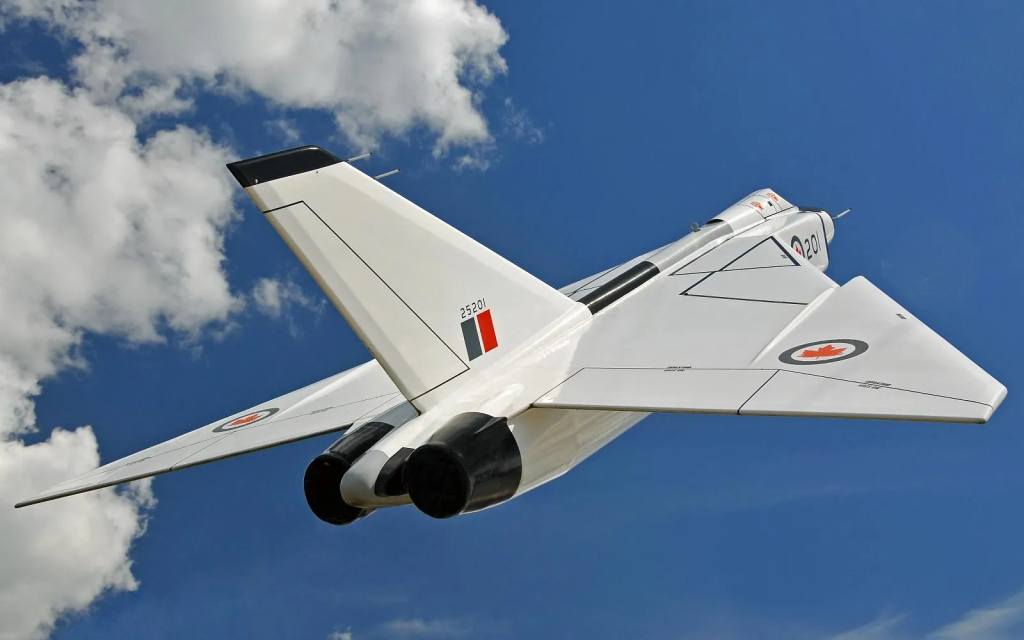
The CF-105 Arrow from Avro Canada was poised to redefine air defense during the Cold War. With cutting-edge avionics and fly-by-wire technology, this fighter jet was designed to intercept Soviet bombers. Its sleek, powerful design made it a marvel of engineering, yet it faced political and financial challenges.
In 1959, the Canadian government canceled the program, citing high costs and shifting defense priorities. Despite never reaching full service, the Arrow is remembered as a symbol of untapped potential in Canadian aviation.
9. AH-56 Cheyenne
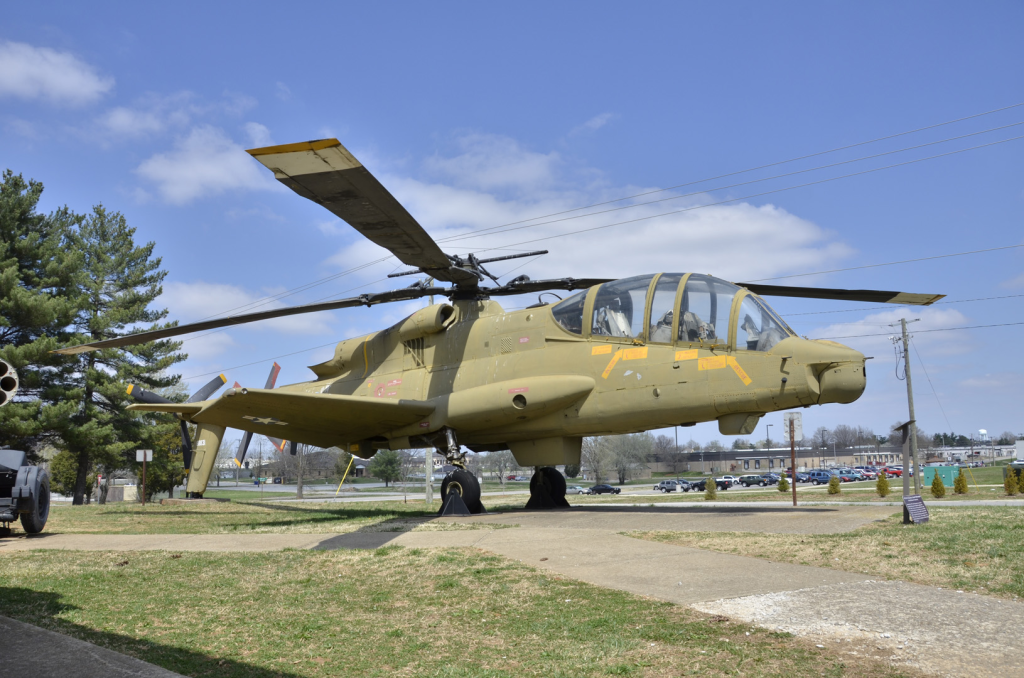
The AH-56 Cheyenne aimed to be a groundbreaking attack helicopter, capable of exceeding 200 knots with superior firepower. It was designed for speed, agility, and advanced air combat. But despite its promise, the program ran into technical difficulties, including a tragic crash during testing.
Budget issues and concerns over its compliance with Army agreements ultimately grounded the Cheyenne. While it didn’t enter service, its advanced design influenced future attack helicopters.
8. XB-70 Valkyrie
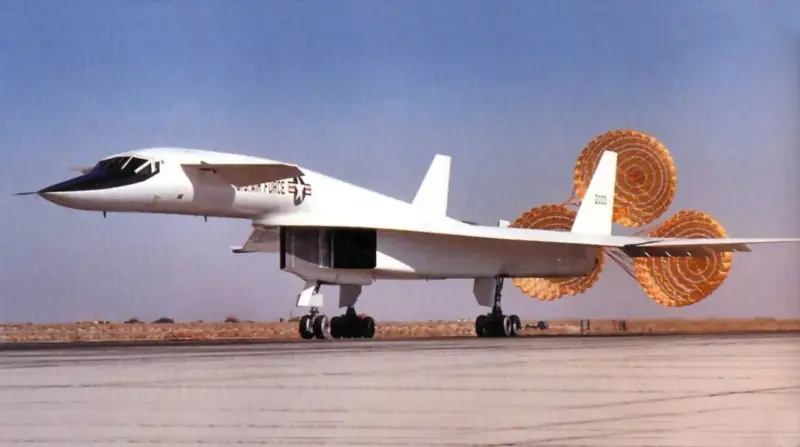
The XB-70 Valkyrie was a strategic bomber built to cruise at Mach 3 and altitudes of 70,000 feet, designed to outrun enemy interceptors. However, as technology evolved, Soviet surface-to-air missiles made the Valkyrie’s high-speed bombing concept less viable.
XB-70 Valkyrie: Interior
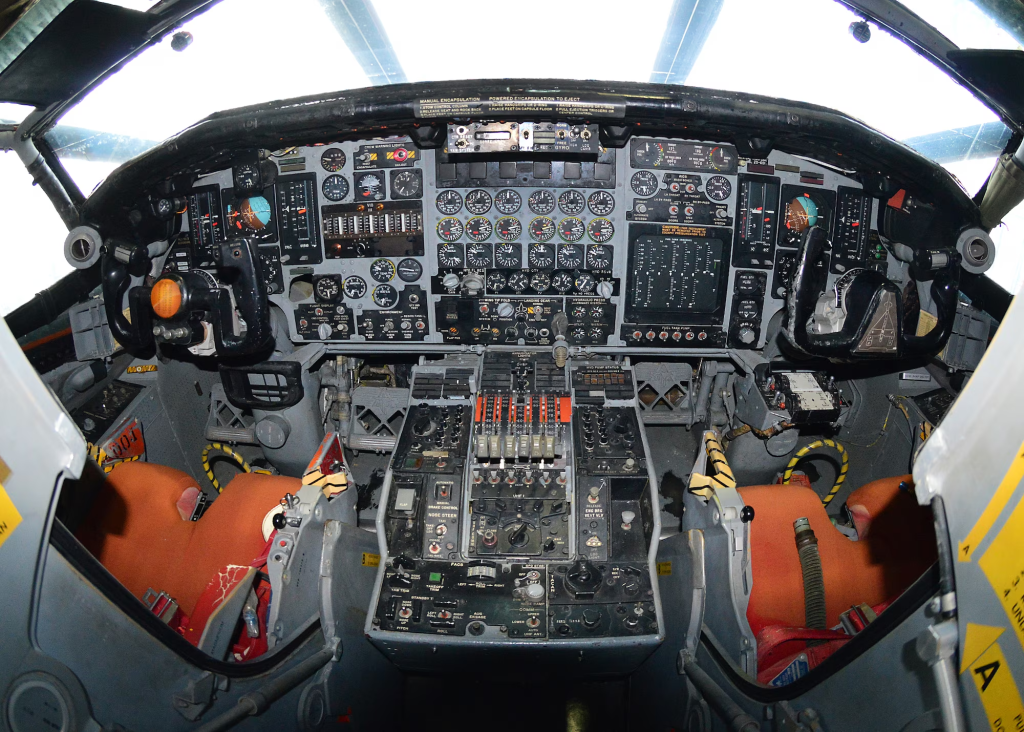
Though the program was scaled back, the Valkyrie remained in use as a research aircraft until 1969, contributing to supersonic flight development.
7. RAH-66 Comanche
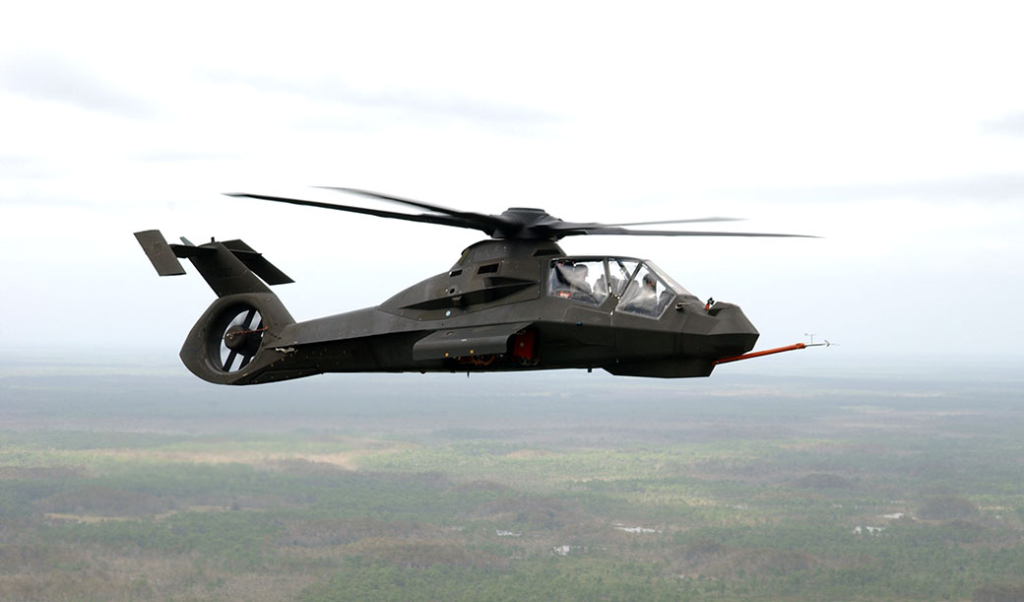
The stealthy RAH-66 Comanche helicopter was created to slip undetected through hostile environments, armed with advanced avionics and reconnaissance capabilities. It was a technological marvel, designed to perform critical missions while remaining invisible on enemy radar.
RA-66 Comanche: Interior
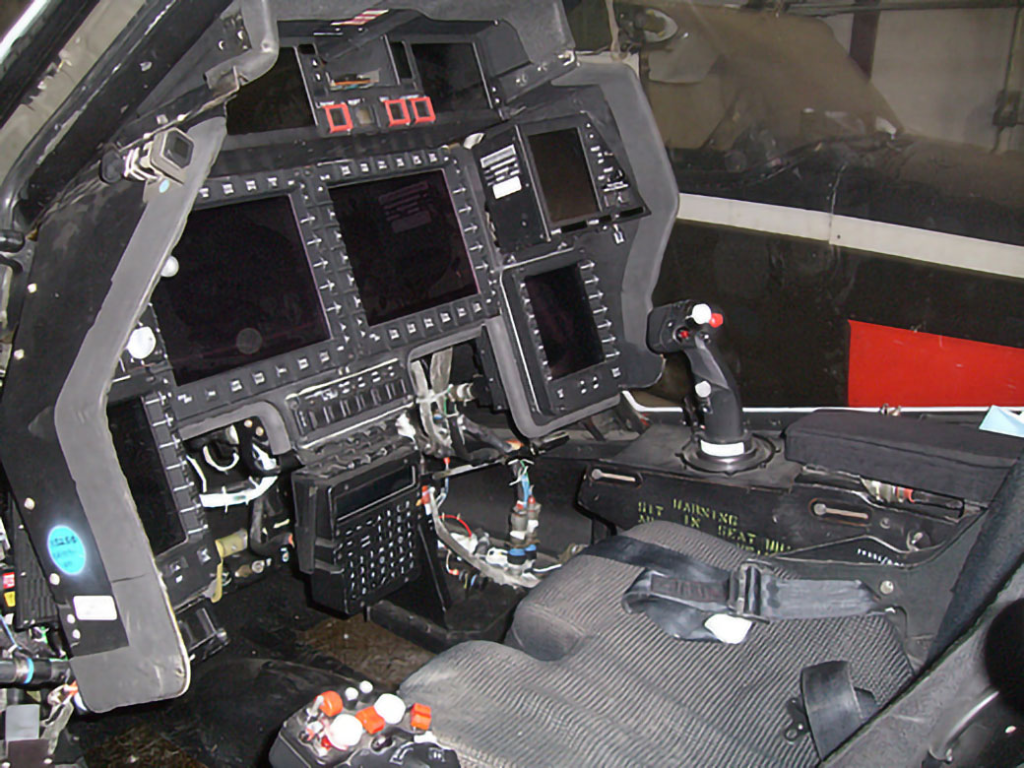
But despite its innovation, the program was shelved due to budget constraints and a shift in military focus. The Comanche never saw combat, but its design has influenced modern helicopter technology.
6. Boeing X-36
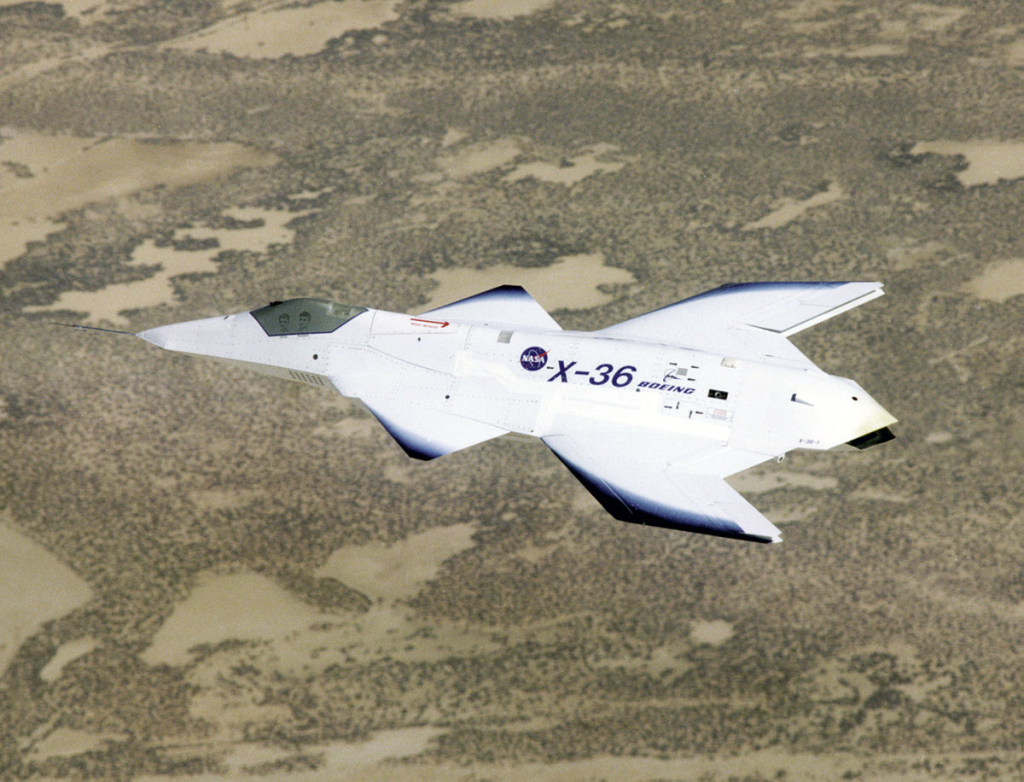
The Boeing X-36 was a tailless fighter prototype that explored the possibilities of enhanced agility and reduced radar cross-sections. This unmanned subscale aircraft was controlled remotely, making it a pioneer in unmanned flight testing.
Although the X-36 demonstrated impressive performance, it never progressed beyond the prototype stage. Its insights, however, have been applied to ongoing research in stealth and UAVs.
5. Northrop YF-23 Black Widow II
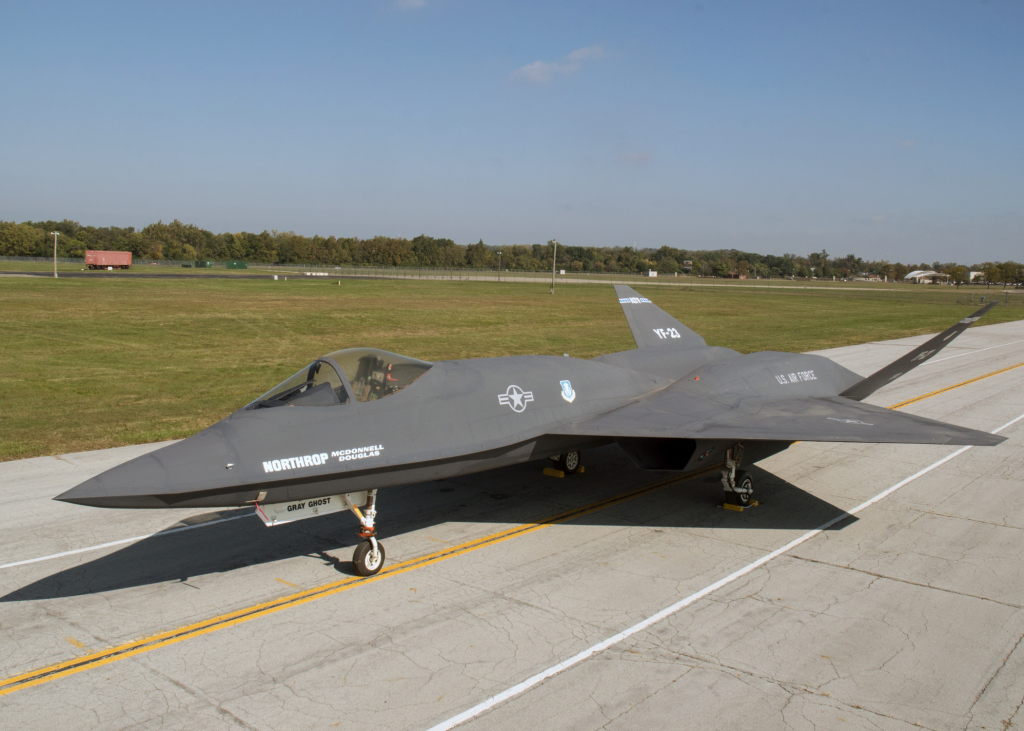
The Northrop YF-23 Black Widow II was a stealthy, futuristic contender in the U.S. Air Force’s Advanced Tactical Fighter competition. With its cutting-edge stealth technology and aerodynamic design, the YF-23 outpaced its rival, the YF-22, in many areas.
However, the Air Force ultimately chose the YF-22 (now the F-22 Raptor), leaving the YF-23 as a “what could have been” in aviation history. Despite not entering service, its design has influenced future stealth aircraft.
4. F-20 Tiger Shark
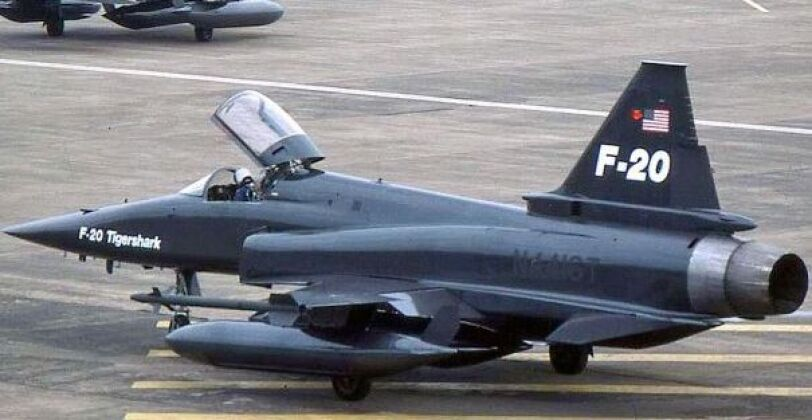
The F-20 Tiger Shark was developed as a cost-effective alternative to the F-16, with a focus on international markets. It featured radar-guided missile capabilities and state-of-the-art avionics. However, it failed to generate significant interest from foreign buyers, and without domestic military support, it faded away.
While the Tiger Shark never gained the traction it needed, it’s still remembered as a strong yet unfulfilled competitor in the fighter jet market.
3. IAI Lavi
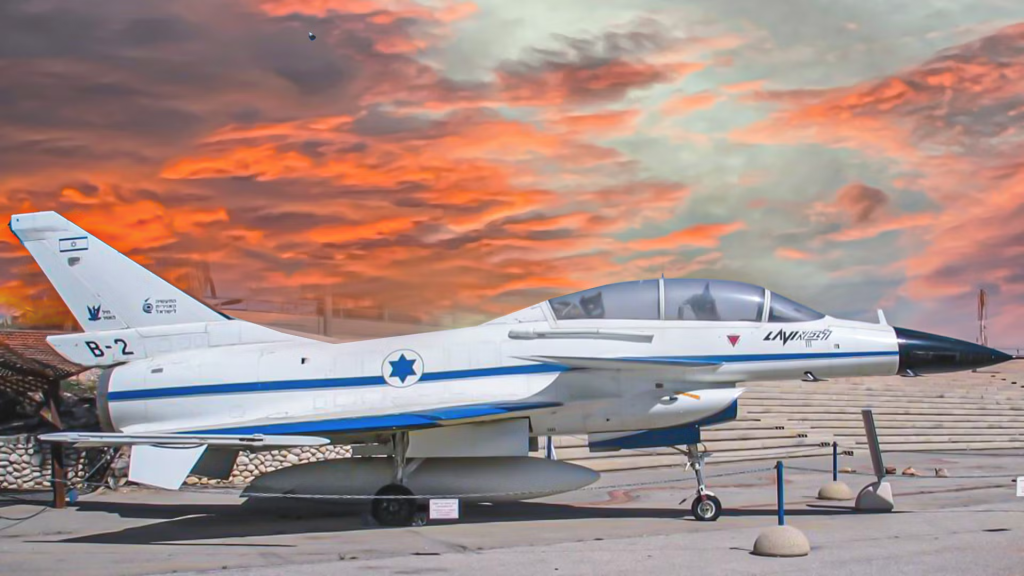
The Israeli IAI Lavi was designed to be a homegrown fighter-bomber, offering advanced capabilities for the Israeli Air Force. Despite its potential, the program faced high costs and concerns about competition with U.S. jets, leading to its cancellation in 1987.
IAI Lavi: Interior
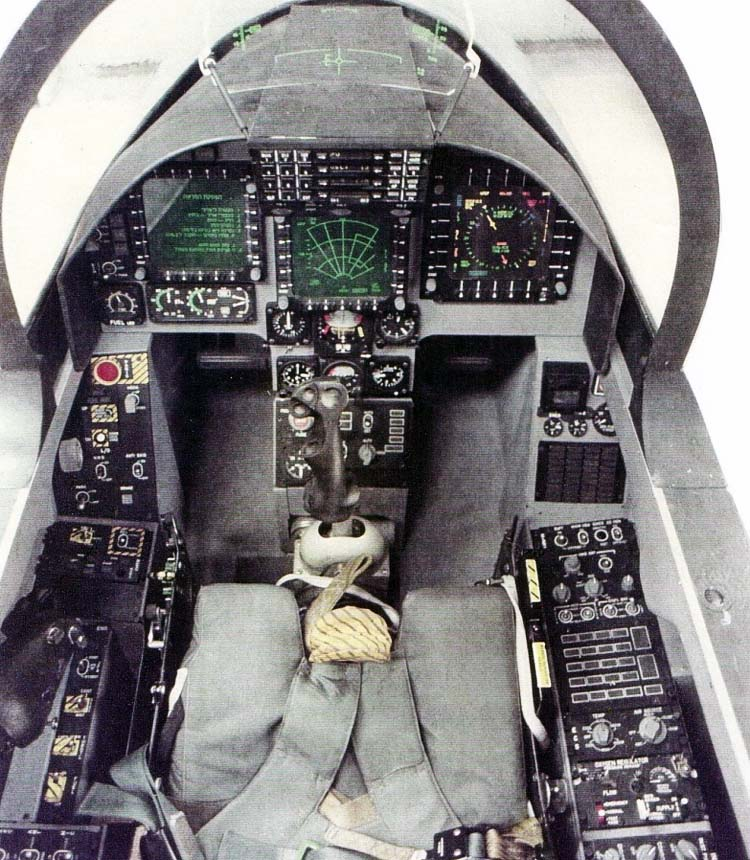
The Lavi marked a major pivot in Israeli defense policy, as the country shifted focus to acquiring American aircraft. It remains a story of innovation and the realities of military economics.
2. Lockheed YF-12
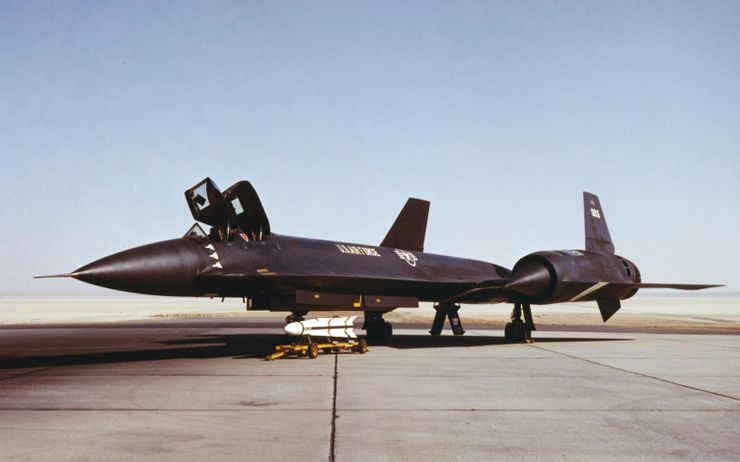
The Lockheed YF-12 was an interceptor prototype designed to replace the F-106, capable of flying at Mach 3. Despite its success in breaking speed and altitude records, funding cuts during the Vietnam War led to its cancellation before it could enter full service.
Though it never saw combat, the YF-12 continued to serve as a research vehicle for NASA, advancing supersonic flight technology.
1. Dassault Mirage 4000
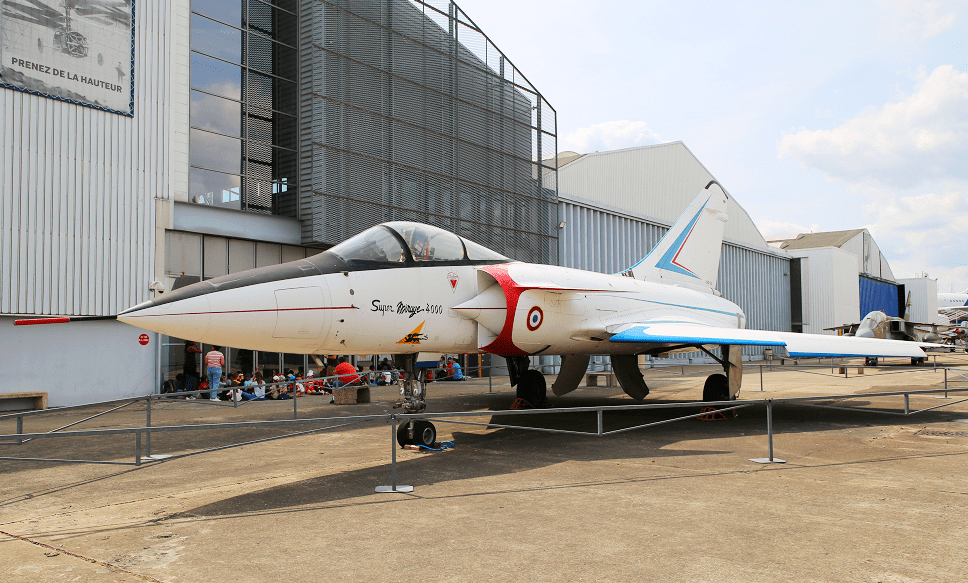
The Dassault Mirage 4000 was a powerful French fighter jet with advanced materials like carbon fiber and impressive agility. Despite its impressive thrust-to-weight ratio and long-range capabilities, the Mirage 4000 struggled to find a buyer.
Without interest from international customers, the Mirage 4000 project was shelved, though its technology and design paved the way for future Dassault aircraft.




























